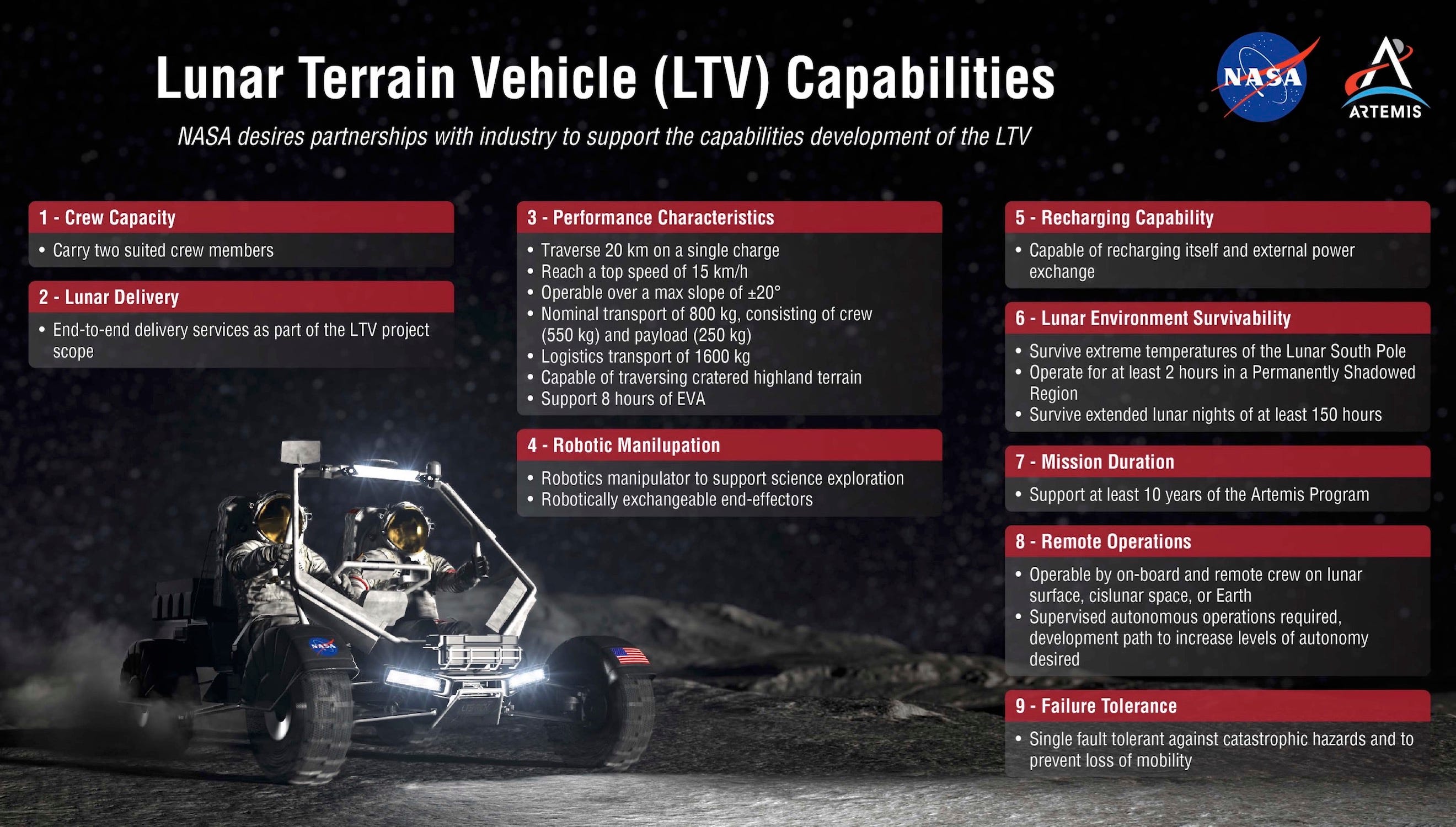Moon Monday #124: Starship Artemis, mission updates, and more
I’m stoked to share that Epsilon3 is continuing their sponsorship of Moon Monday for another year! 🌗
Epsilon3 is a web-based platform for managing complex spacecraft testing and operational procedures. Designed to save time and reduce risk in building space mission hardware, Epsilon3 is used by engineers and hardware operators in Astrobotic, Astrolab, and more organizations creating for the Moon and beyond.
I’m grateful to Max and Laura for their persistent support since the early months of this one-of-a-kind newsletter. :)
NASA’s road to the Moon goes through Starship

SpaceX’s first launch of its fully reusable Starship Super Heavy rocket on April 20 cleared the launchpad, and survived maximum aerodynamic pressure, but tumbled during the stage separation phase and couldn’t achieve said stage disconnect. After this point, the automated flight termination system kicked in to instantly blow up the rocket for safety. SpaceX will take a close look at the ground infrastructure as well as the Raptor engine failures powering the Super Heavy booster before deciding to launch another stacked Starship in the coming months.
There’s substantial caution even outside the company. Marcia Smith reports that the US Federal Aviation Administration will oversee the flight failure investigation and determine when Starship can return for launch from a public safety perspective. The administration also requires SpaceX to have a qualified biologist monitor vegetation and wildlife in the region, and remove launch debris from sensitive habitats. Flying debris due to Super Heavy damaged infrastructure in the larger launchpad area, and per the New York Times residents of nearby Port Isabel noted layers of soil and sand “landing on everything”.
Since NASA has selected Starship’s lunar variant to land humans on our Moon again for the historic Artemis III mission, last week’s successful liftoff but failed overall launch is likely to delay Lunar Starship’s targeted late 2025 flight. I very much hope that the next stacked Starship launch is wholly successful but let’s not forget that Starship is a pacing item for Artemis III. In fact, Starship is also a critical element for Artemis IV, for which NASA chose an upgraded Lunar Starship to land astronauts.
The larger perspective to consider is the huge deal that is Artemis IV. If successful, in just one mission after Artemis III’s crewed landing demonstration, NASA will have upgraded its entire lunar transportation stack—from improving payload capacity to lunar orbit by 10,000 kilograms with the SLS rocket’s Block 1B variant to sending the first astronauts to the orbital Gateway station to having an upgraded crewed lander enabling an extended surface mission of up to 33 days from Artemis III’s 6.5-day stay. Artemis IV’s architecture is the template NASA will keep using for future missions leading to an Artemis Moonbase. It’s thus far more important to get all Artemis IV elements right, including Starship, than to worry about it not being done in 2027, say.
We have waited decades for a return to our Moon, and just as long for a fully reusable space launch system. We can wait a few years more.
Related: NASA has published its first Artemis Architecture Concept Review and Definitions Document, which is part of a new annual process that the agency hopes will help optimally refine its Moon to Mars Objectives. Jeff Foust explores interesting tangents on the topic.
Mission updates

- ispace Japan’s first lunar lander Hakuto-R will attempt a remotely-initiated, hour-long autonomous landing tomorrow, April 25, starting from 15:40 UTC. You can watch the livestream on ispace’s YouTube channel. The target landing site lies within the Atlas crater at 47.5°N, 44.4°E. If ispace doesn’t initiate the lander’s descent tomorrow, there are backup opportunities on April 26, May 1, and May 3.
- The NASA-funded and Advanced Space-led CAPSTONE lunar orbiter has had to perform lesser correction burns than expected to maintain its fuel-efficient Near-Rectilinear Halo Orbit, the same orbit the NASA-led international Gateway crewed orbital station will be in later this decade. To that end, the CAPSTONE team recently traveled to NASA’s Johnson Space Center to provide a three-day rundown of mission lessons to over 300 people involved in Artemis.
- L3Harris will provide the audio system for NASA’s Artemis II Orion spacecraft, which will fly four astronauts around our Moon and back by mid-decade. The system includes lightweight, low-power interface units that clip to astronaut’s suits for hands-free usage. Aside: L3Harris also provides avionics for the core stage, boosters, and the second stage of the SLS rocket for each Artemis mission.
- Philip Sloss reports how NASA wants to streamline future SLS launches and improve overall liftoff chances based on data collected from the whole Artemis I launch campaign last year.
Many thanks to Epsilon3 for sponsoring this week’s Moon Monday.
More Moon

- Lunar Outpost has switched sides from Northrop Grumman to Lockheed Martin for the upcoming proposal bids to NASA for the Lunar Terrain Vehicle (LTV), which will be used across Artemis missions starting end of decade for at least 10 years. Lunar Outpost is providing robotic rovers on two upcoming CLPS Moon landing missions, one to the south pole and another to the swirl of Reiner Gamma. Joining the four competing teams for the LTV is Leidos-Dynetics in partnership with none other than NASCAR.
- ISRO is collaborating with the Moon Village Association for public outreach of the upcoming Chandrayaan 3 Moon landing mission.
- Hyundai, in partnership with several South Korean research institutes, is building an autonomous lunar rover to explore the Moon south pole. The group expects to complete a test unit in H2 next year, and have a flight-ready model as soon as 2027.
Events and Jobs
- The hybrid 11th European Lunar Symposium from June 27–29 will discuss the breadth and depth of the science and technology of upcoming exploration of our Moon, including resource utilization as one of the key focus areas. Last date for registration is April 30.
- NASA’s Johnson Space Center is looking for an Artemis Curation Lead to ensure readiness for optimally sampling, storing, and studying upcoming polar lunar samples from Artemis missions. The person will join the Artemis Science Team.
